Knowing comics fans, I’m figuring that everyone who’s inclined to see “Dark Knight Rises” (henceforth DKR) in the theaters will have done so already. So let’s delve into it for the dancing and dining pleasure of the folks hereabouts. Spoilers, regrettable but necessary, abound, since I can’t discuss the things that bothered me without blowing key moments of the film. So: you are warned.
I won’t bother giving you a blow by blow summary because I honestly don’t see the point of that. So let’s just go over the things that I liked and didn’t like.
LIKED: The human factor. The fact is that the human body isn’t designed to endure the sort of punishment that normally occurs in an action adventure film. This was lampshaded in the sorely underrated deconstructive “Last Action Hero” where wounds catastrophic enough to be fatal in the real world are dismissed as “barely scratches” in the fictional world of films. Martin Riggs got perforated at the end of “Lethal Weapon 2”; by the next film, he’s back and barely lost a step.
Yet in DKR director Christopher Nolan once again grounds his film (co-written by Jonathan Nolan) in reality by giving us a Bruce Wayne whose body was ground down thanks to the constant pounding he’s taken since putting on the bat armor (and before that, when you think about it.) He walks with a cane, his body’s cartilage is nearly non-existent, and he has head trauma (which explains a lot, actually.) Presumably because having people see him in such a weakened condition is anathema, he’s turned recluse, prompting some Howard Hughes references that will likely go past anyone under the age of twenty-five.
I have to say, I appreciated this move. Television and movies oftentimes present a world where the effects of violence are minimized. Sure, Buffy the Vampire Slayer has mega-healing powers, but Giles and Xander got hit in the head so many times they should have been drooling idiots by season 2. I think downplaying the catastrophic effects of violence sends bad messages. I don’t think movies need to be splatterfests, but we also don’t need to let kids think that they can, say, hit another kid in the head with a pipe and the victim is just going to bounce to his feet and say “Ouch.” The problem with movies and TV isn’t that they show too much violence; it’s that they don’t show enough, i.e., the consequences. DKR at least attempts to do so, so well done all around.
LIKED: The acting. All around kudos to all. Christian Bale’s Bruce remains a seething volcano of guilt and self-loathing. He’s been mourning Rachel’s death and blaming himself for eight years. And if that seems a bit much (as it did to Harry Knowles in his mostly wrongheaded, although occasionally correct, condemnation of the film) well, consider that his guilt over his parents’ death caused him to retreat behind two masks: Batman’s, and the fake Bruce Wayne persona of jovial playboy. With Rachel’s death, he retreats all the way into himself and the furthest recesses of the manor. For me, that tracks.
Then there’s Anne Hathaway, who my wife asserts—correctly—is so much a modern day Audrey Hepburn that it’s astounding they haven’t had her star in a remake of “Breakfast at Tiffany’s.” (For that matter, can you imagine her in a remake of “My Fair Lady” with Hugh Laurie and Stephen Fry as Higgins and Pickering?) This is clearly an actress loving every second of being Catwoman and—despite the Halle Berry misfire—could easily support her own stylish caper film as Selina Kyle. Pay particular attention to the moment when she simulates fear to convince the police that she’s just a horrified bystander. Even though we know it’s Selina faking out the cops, she’s nevertheless utterly convincing to us that she’s simply a terrified woman, panicked to be caught in the crossfire of such violent men. The fact that she can turn it on and off like a spigot with such seeming effortlessness underscores the quality of her acting.
And effortless also describes performances by Michael Caine, who makes it look so easy by this point in his career that it’s easy to take him for granted. We should not. In one of the more controversial moments of the film, Alfred actually abandons Bruce when he sees him heading down what he perceives as a road to destruction. Some contend that Alfred would remain with Bruce to the bitter end. But Caine plays it in the same way that someone who has been enabling an alcoholic or drug addict would: he has to walk away, even though it’s tearing him up inside, so that the addict can hit bottom and hopefully survive it. And what else is being Batman BUT an addiction, a manifestation of both survivor’s guilt and a death wish?
Gary Oldman doesn’t have much to do beyond what the plot demands of him, which is a shame considering what we know he’s capable of. Marion Cotillard is amazingly exotic—by turns unknowable and then intimate—and does a superb job pulling off a shock twist that even had Kathleen looking at me and saying, “You’re kidding.” And Tom Hardy’s “Bane” comes across like the love child of Fezzik and Hannibal Lechter: a hulking physical presence wearing a mask over the bottom of his face, capable of easily beating the crap out of you while dispensing psychological bon mots except you have to strain to understand what the hëll he’s saying.
LIKED: The directing. Nolan gets great performances out of his actors and although the action sequences aren’t particularly inspired, at least I can follow what’s going on. Give me that over the salad shooter technique of action from films like “Quantum of Solace” any day.
However, Nolan has to take the rap for where I do have issues: Namely—
DISLIKED: The plot. As Jon Stewart would say: Christopher Nolan—can I call you Chris?—meet me over by camera one.
Okay, Chris, we get it. You were doing the French Revolution. The peasants rising up against the rich, with a dash of the Wall Street sit-ins tossed in. You have them storm the Bastille, except it’s Black Gate Prison, which is (if I’m following the geography correctly) inexplicably situated next door to City Hall. Because naturally if you’re planning a city, you want to have the most dangerous building in town adjacent to the place where high-ranked politicians and dignitaries are going to pass through. What could possibly go wrong? You have the rich being dragged down by average citizens, put on non-trial and given a choice of “exile or death” that’s played so ludicrously one almost wants to see it being presided over by Eddie Izzard (although I will say, choice of judge? Nice touch.) And if all of that is still too subtle for the history impaired, you make sure to have a reading from “A Tale of Two Cities,” which probably will still go past a lot of Americans who spent their time falling asleep in high school Lit classes, but you sure did all you could.
Except I don’t buy it.
First of all, Paris went berserk after years of the peasantry—which was pretty much everyone except the nobility—knew hunger and deprivation. Yet we’re told that Gotham City, after eight years, is a dámņëd good place to live. Everything is positive, the mayor (Batmanuel) is well into at least his second term, and the Dent Act (whatever the parameters of that may be) have cleaned up crime. Yes, there are still people in trouble—kids, mostly, due to a skid in Wayne Foundation contributions—but still, it’s clear that Gotham is thriving.
And then Bane shows up and in almost no time flat, the city is willing to jettison its moral center because of him. The nominal leader and hero of this We-the-People movement claims he is turning the city back to the people. But he’s clearly not some messianic individual. He is a terrorist who murders someone on the Jumbotron with his bare hands, threatens the populace with nuclear destruction and, most heinous of all, blows up their football field during what was shaping up to be a pretty good game.
How does he undermine their faith in Harvey Dent? By reading a letter purportedly from James Gordon that asserts Dent was a murderous douche bag and their faith was misplaced. The fact that the letter is genuine is beside the point: the people have witnessed that Bane himself is a murderous douche bag, so how does he have any credibility? (Not to mention that any time he made a public address, I kept waiting for the crowd to chorus, “What?” just as the Transylvania crowds did every time Inspector Kemp’s accent in “Young Frankenstein” rendered him incomprehensible.)
Bane releases a thousand criminals. Okay. But there’s twelve million people living in Gotham, and I’m betting a lot of them have their own weapons. Why are nearly twelve million people going along with this guy? Because he represents something better? You can’t be serious.
Meanwhile Bane is inexplicably keeping three thousand buried Gotham cops alive. Why? What possible reason? There’s no believable in-story justification for it; it’s only for the story reason that Batman is going to require an army to attack Bane later on. Which is odd because in “Batman Begins” he had an incredibly devastating army at the call of his boot heel. Rather than risk three thousand human lives in broad daylight, he could have attacked at night while summoning a few thousand bats to send the freaked criminals running. Done deal.
What makes Gotham’s slide into anarchy especially egregious is when you hold it against the climax of the previous film, in which two ferries full of passengers are willing to risk being blown to hëll rather than themselves condemning others to death, all to satisfy the dictates of a murdering lunatic. Batman proved the Joker wrong: the moral centers of the citizens of Gotham City were not for sale, even at the risk of their own lives. Order trumped chaos. Even the criminals didn’t knuckle under to the vision of a madman. Yet now it’s eight years later, things are supposedly even better, but suddenly it’s every man for himself just because Bane says so. The positive message of the previous film has been thrown under the bus just because—I don’t know, Chris–you and your brother decided “Les Miz” was the greatest show ever and wanted to reenact it, right down to having barricades and casting Fantine as Catwoman.
And speaking of Catwoman, particularly how she figures into the end: Really? The whole film; is about the dyanamic between Batman and Bane, but the moment it’s revealed that he is actually someone else’s stooge, he literally becomes cannon fodder for a quipping Catwoman? Really? It’s like having Princess Leia take out the Emperor: interesting development, but it’s not what the film’s dynamic is about. Bane vs. Batman is mostly a psychological battle; you don’t resolve it with twin cannons from the Batpod fired by a supporting character. Not without risking the resolution being a huge letdown.
And then there’s the ending. MAJOR SPOILER, KIDS.
I’ve made no mention of Joseph Gordon-Levitt’s intrepid office Blake. I disliked the character intensely, and it’s not because of the actor. JG-L was fine. I’d expect nothing less. But his mere presence telegraphs the resolution: Batman will be gone and this guy will take his place so that Gotham will continue to have its symbol. He has no other reason—none—to be in the film. Way too much time is invested in setting up his backstory to justify him serving any other purpose than to be the next Batman, which means the current one goes away by film’s end.
Fun fact: Nolan originally wanted to kill off Batman. DC refused to sign off on it. I kind of wish they hadn’t blocked that ending, because if you thought Bane snapping Batman’s spine was painful, that’s nothing compared to the back breaking contortions they had to go through to keep Bruce alive. He keeps the fact that he’s fixed the autopilot secret from Lucius Fox. Why? On the off chance he may have to fake his own death?
He flies a ticking down atom bomb out into the bay. We see him in the batwing seconds before detonation. One assumes he bails out at some point. So what? He’s still going to be well within the bomb’s six mile blast radius. How does he survive the bomb blast at effectively ground zero, especially without a refrigerator to hide in?
Then again, we must suppose it’s a good thing that Bruce Wayne skips town considering that, thanks to the fallout, at least half the town is going to get cancer, many children are going to be born deformed, and the drinking water won’t be safe for about forty years.
What it all comes down to, Chris, is that the moment the physical infrastructure of Gotham collapses thanks to Bane’s explosives, the infrastructure and believability of the plot goes with it. Which is a shame considering the adherence to realistic thinking that you displayed when showing how Bruce’s body was so banged up. Eventually Bruce is able to overcome his physical weakness, but the literally holes that open up as part of the plot swallow all sense of logic and reality into a pit from which the film doesn’t quite manage to escape, no matter how many feel-good last moments are crammed into the end.
PAD
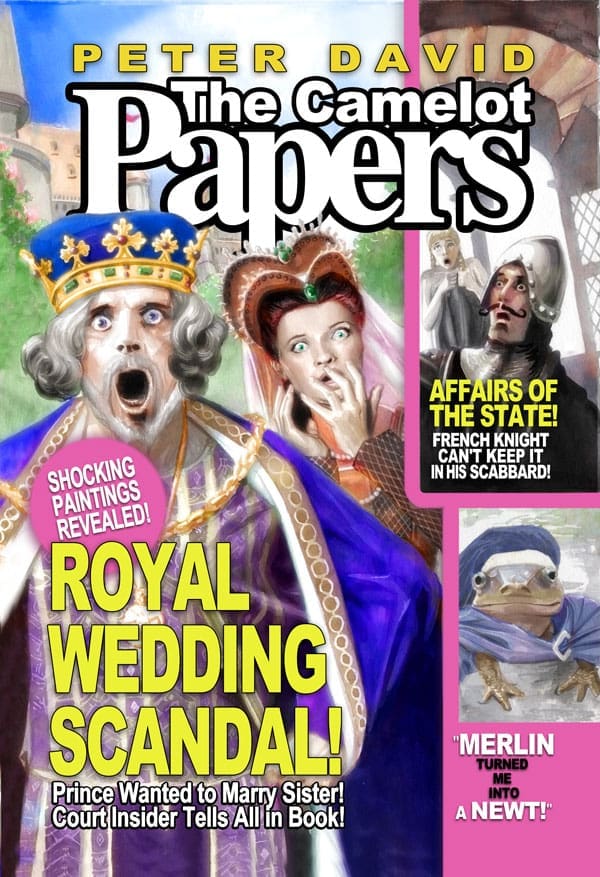
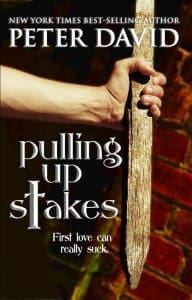
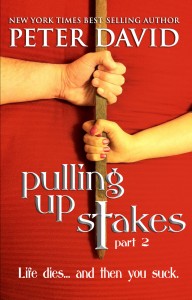
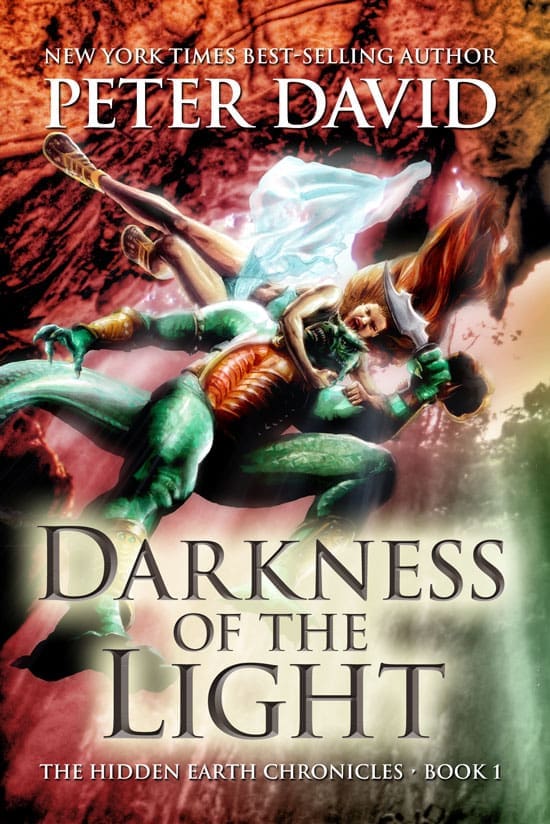
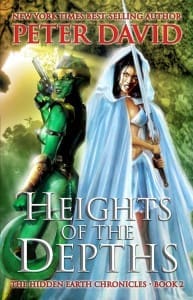
“After Earth” will be way, way worse than TDKR.
A lot of the same things I disliked it for (also on the bomb thing, if the Bat took off with a minute before detonation, it would ahve to been traveling at close to 1,000 MPH at its top speed for it to detonate safely. Of course, the fact that the bomb was detonating because of it being unstable and NOT the timer which was just an estimate, a fact everyone then forgot, may give that a bit of leeway).
But what I’m really surprised by is that Kathleen didn’t see the betrayal at the end comming. I predicted that from the scene where bane kills his “employer.” Now, if you meant she didn’t see the fact that she was Talia comming, that took me by surprise as well. But the fact that she was working with Bane was almost as big a telegraph as the Blake storyarc.